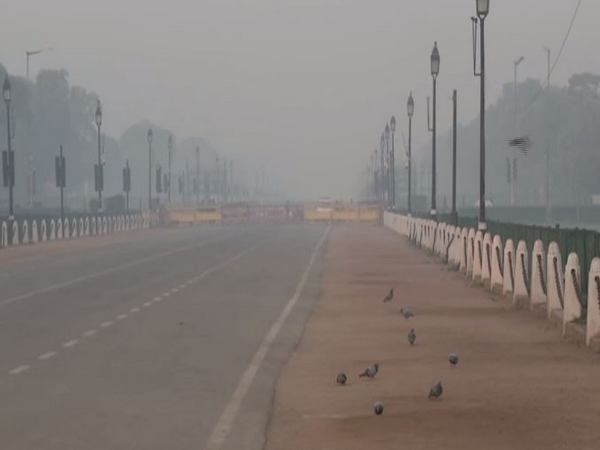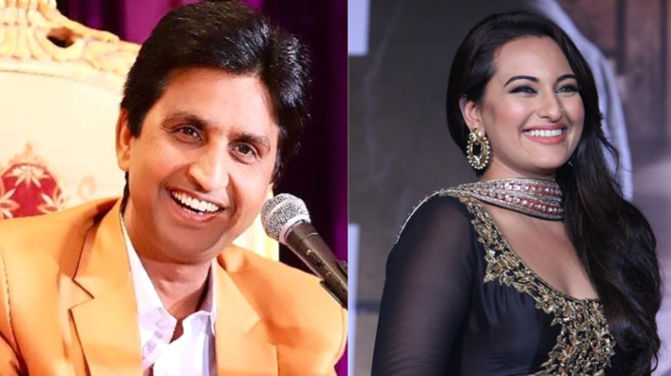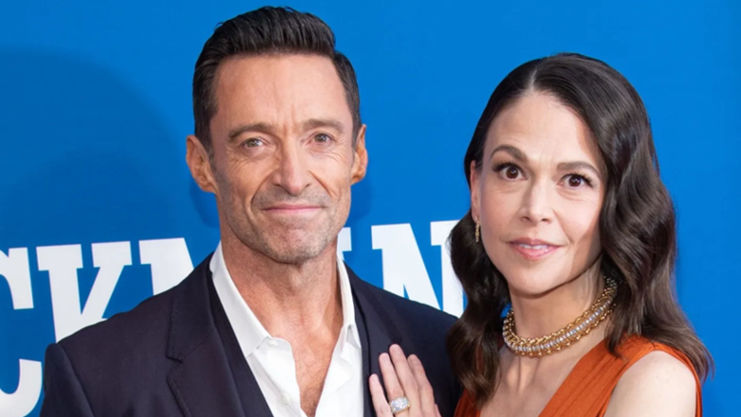As pollution levels surged in Delhi on Tuesday, a renewed war of words unfolded between the Bharatiya Janata Party (BJP) and the Aam Aadmi Party (AAP). BJP spokesperson Poonawalla accused Delhi Chief Minister Arvind Kejriwal of turning the national capital into a “gas chamber” and criticized the AAP for overlooking internal pollution causes.
Poonawalla highlighted the impact of ongoing stubble burning in Punjab, asserting that AAP remains silent on this crucial issue. He listed internal factors such as dust, industrial emissions, vehicular pollution, and biomass burning, questioning the AAP’s actions over the past nine years.
Meanwhile, BJP’s IT Cell chief Amit Malviya criticized AAP for attributing the pollution to Diwali while neglecting Punjab’s role. Malviya argued that post-Diwali, Delhi’s air quality index (AQI) remains better than levels exceeding 900 a few days earlier. He urged a shift from blaming Hindu festivals to addressing the real challenge.
In response, Delhi Environment Minister Gopal Rai accused the BJP of hiding its role in not enforcing the firecracker ban. He questioned why firecrackers were burst when there was no festival, challenging the BJP to address its failures.
Despite the Supreme Court’s firecracker ban, Delhi witnessed defiant celebrations, prompting concerns about sustained air quality challenges.
As of 9 am, the Central Pollution Control Board recorded an Air Quality Index (AQI) of 361 in Delhi, categorized as ‘Severe.’ Specific areas reported higher levels: RK Puram (417), Punjabi Bagh (410), ITO (430), Jahangirpuri (428), Anand Vihar (355), Ashok Vihar (355), IGI Airport T3 (426), and Rohini (417). The smog-covered capital faces continued challenges despite efforts to mitigate pollution and ongoing Supreme Court directives.







